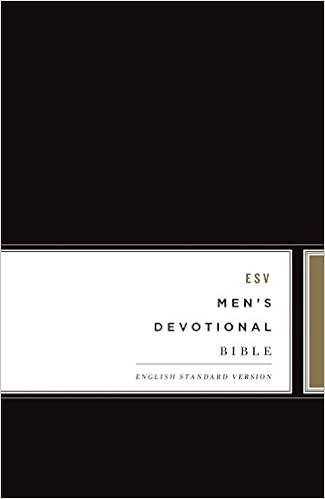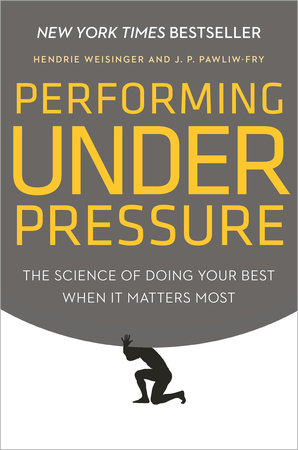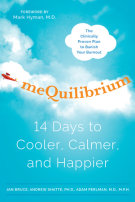

Director: J. J. Abrams, 2015 (PG-13)
Ten years after the end of the first trilogy (episodes 1-3) and the "birth" of Darth Vader, a new Star Wars film emerges: The Force Awakens. It has been 38 years since the first Star Wars movie was released and changed Hollywood history. I remember seeing that film as a boy in England and was thrilled beyond words. Thirty-two years on from the end of original trilogy (Return of the Jedi), this new movie is set 30 years on from that storyline.
I won't reveal any spoilers here. Having just seen it, I knew little going in and that made for some fun surprises. I will say that this film was as good as the first movie. In fact, there are a lot of parallels between the two movies. To say more would be to say too much.
With JJ Abrams at the helm, the franchise has seen a successful reboot (just as he did for Star Trek in 2009). The Force Awakens moves away from the glitter of cgi to the grittiness of reality. The props, the vehicles, the spaceships all feel used, dirty. The characters also feel true to the original.
This film, like the first (episode 4), uses unknown actors. Daisy Ridler in her first American film plays Rey, the female protagonist. A scavenger, she is eking out a barren existence on the desert planet Jakku. John Bodega, best known for his role as Moses in Attack the Block, plays FN-2187, a starship trooper. The film centers on these two characters.
At the start of the film FN-2187 is sent with a platoon of other troopers to a planet in search of something that Kylo Ren (Adam Driver) wants. Dressed in black and with a Vader-like mask, Ren is the Darth Vader of this trilogy bowing only to the Supreme Ruler. When he orders the platoon to commit mass murder, FN-2187 has qualms of conscience and refuses. He chooses against the First Order, the new evil empire ruling the universe. Only when he escapes is he given a new name, Finn. And when he meets Rey on Jakku a classic Star Wars chemistry develops. Finn is running from the First Order but is not a rebel fighter like he tells her. He wants to hide in the outer orbits. She wants to fight. Eventually, he finds strength to once more do the right thing.
One of the themes of this film is that people get second chances to do the right thing. Finn, though raised to be a First Order warrior, recognizes when acts are evil and chooses to do the right thing. In life, we all face choices of right and wrong. Even if we choose wrong, we still have later opportunities to choose again. Indeed, the ultimate choice is for the kingdom. In doing so, we are born again (Jn. 3:3). We might face this choice and ignore it, but we will get the chance later. We cannot run away from this choice.
Later in the movie, one character faces an enemy and has a tough choice to make, saying: "I'm being torn apart. I want to be free of this pain. I know what I have to do but I don't know if I have the strength to do it." This is so reminiscent of the apostle Paul, himself a person who had transitioned from the Roman empire to the Christian rebels. He said in a biographical letter, "For I have the desire to do what is good, but I cannot carry it out. For I do not do the good I want to do, but the evil I do not want to do—this I keep on doing" (Rom. 7: 18-19). His internal struggle is universal. We all face this. Only in Jesus can we find victory to subvert sin and do good. It is the choice we face daily.
Some have made much of the fact that the protagonists are respectively female and black. But that is to read too much political correctness into this film. The rebellion is inclusive, not worrying about skin color or gender. This is true of the new rebellion under Jesus. Once more, Paul said: "There is neither Jew nor Gentile, neither slave nor free, nor is there male and female, for you are all one in Christ Jesus" (Gal. 3:28). Underneath we find the same humanity facing the same choices.
This is the Star Wars for a new generation. It's a terrific thrill ride of a film. The force has indeed awakened. And I really don't have a bad feeling about this trilogy.
Copyright ©2015, Martin Baggs

















